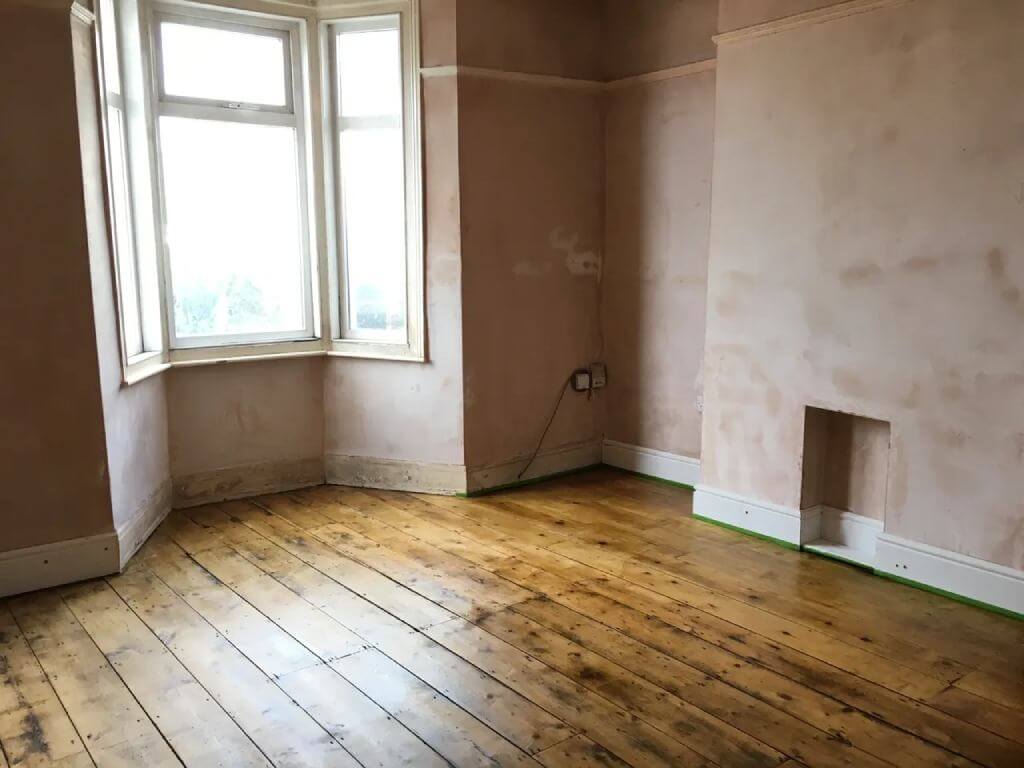What is Lettings Relief?
Lettings Relief is a term that property owners in the UK may encounter, particularly when selling a property that has at some point been their main residence and has also been let out. It refers to a form of tax relief that could previously be claimed on any gain made when selling such a property. However, changes to the rules from April 2020 have significantly altered the circumstances in which Lettings Relief can be claimed.
What was Lettings Relief Pre-April 2020?
Before April 2020, if you sold a property that was at some point your main residence, but which you also let out (either in whole or in part), you could potentially claim Lettings Relief on the capital gains tax (CGT) incurred from the sale.
The amount of relief that could be claimed was the lower of:
- The same amount you got in Private Residence Relief (PRR).
- £40,000.
- The same amount as the chargeable gain you made from the period you let out your home.
In effect, this meant that you could make a profit of up to £40,000 (£80,000 for a couple) from the sale of a property before any CGT became due, assuming the property had been both your main residence and a rental property.
Changes to Lettings Relief From April 2020
From 6 April 2020, the government made changes to Lettings Relief that significantly limit its application. Now, Lettings Relief can only be claimed if the homeowner was living in the property at the same time as the tenant. In other words, it now only applies in situations of shared occupancy.
This means that if you move out of your property and then let it out, you will not be eligible for Lettings Relief on any gain when you sell the property. This has potential tax implications for those who plan to let their former home.
Impact of the Changes
The changes to Lettings Relief rules can have significant financial implications for those selling a property that was once their main residence but has since been let out. Under the new rules, a much larger proportion of the gain made on such a property could be liable for CGT, which is currently charged at 18% for basic rate taxpayers and 28% for higher and additional rate taxpayers on residential property sales.
Navigating Property Sales and Tax Relief
While Lettings Relief has become less widely applicable, it’s important to remember that other forms of tax relief are still available when selling a property. In particular, Private Residence Relief can exempt a significant proportion of the gain made on a property that has been your main residence.
Moreover, everyone has an annual exempt amount for capital gains tax (£12,300 for individuals in the 2021/22 tax year), which can further reduce the CGT payable.
The rules around tax relief when selling property can be complex, and it’s important to seek professional advice to understand how they apply to your individual circumstances.
In Summary
Lettings Relief is a form of tax relief that can reduce the CGT payable when selling a property that has been both your main residence and a rental property. However, changes from April 2020 mean that it now only applies in cases of shared occupancy. Understanding these rules can help you plan effectively and potentially save a significant amount in tax when selling property.



